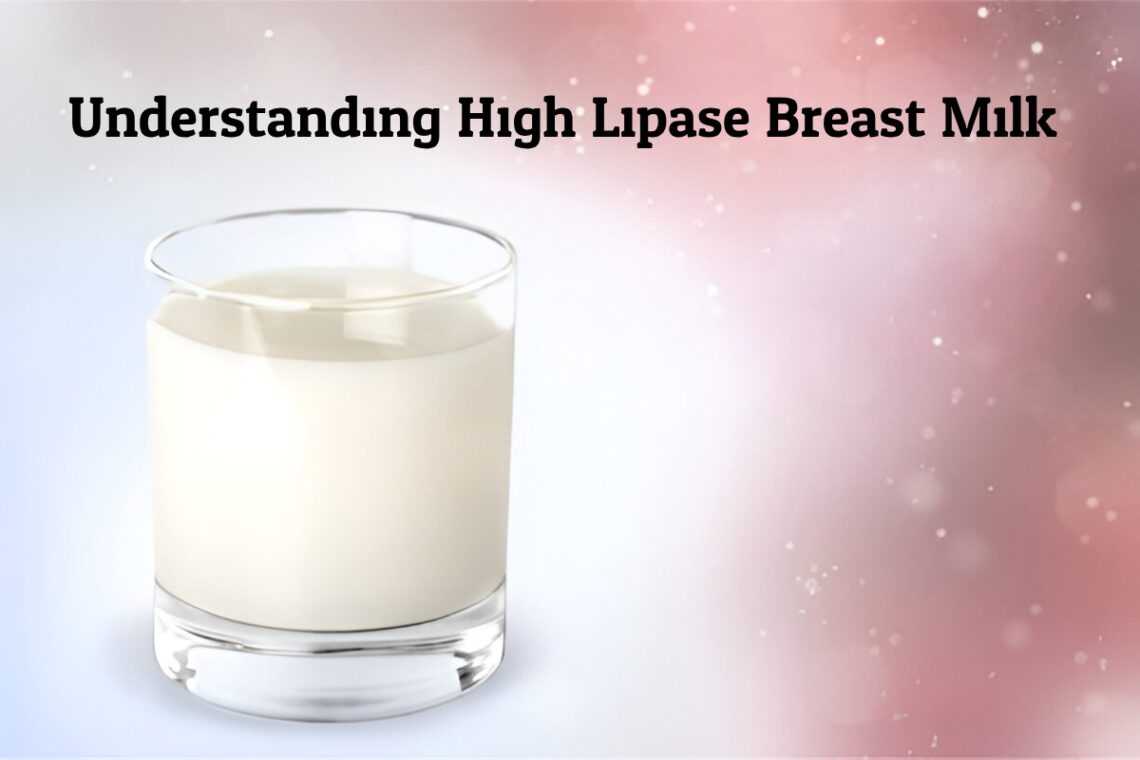High Lipase Milk is a breast milk. It’s known that a surplus of this enzyme can lead to a change of flavor of breast milk. When milk is stored in cool temperatures, it is supposed that high levels of lipase make the fats in your milk break down more quickly, impacting the flavor and smell.
What is High Lipase Breast Milk?
Lipase is an enzyme indeed present in breast milk that breaks down lipids (fats). It plays a crucial role in digestion and offers immunological benefits for babies.
High Lipase Milk Explained
It contains an unusually high level of lipase enzyme. This excess lipase activity can lead to rapid breakdown of fats in stored breast milk, potentially altering its taste and smell.
Identifying High Lipase Milk
Characteristic Changes
It is often develops a distinctive odor or taste after being stored. Some mothers report a soapy, metallic, or fishy smell. These changes typically occur in expressed and stored milk, not in freshly expressed milk.
When Changes Occur
Changes in taste and smell may not be noticeable immediately. They often become apparent after the milk has been frozen, thawed, and brought to room temperature.
Impact on Baby and Milk Quality
Safety and Nutritional Value
It’s important to note that the milk is still harmless and nutritionally beneficial for babies. The altered taste or smell does not indicate spoilage or reduced quality.
Potential Rejection by Baby
Some babies may do not drink high lipase milk due to its altered taste. This can be frustrating for mothers who have stored milk for later use.
Managing High Lipase Milk
The Mix-It Method
One approach is to blend thawed milk with fresh breast milk. This can help mask the altered taste and make it more palatable for the baby.
The Scalding Method
Scalding is an effective way to deactivate lipase and prevent taste changes in stored milk. Here’s how to do it:
- Heat freshly expressed milk in a clean pan over medium heat.
- Remove from heat when bubbles form around the edges, before boiling.
- Cool the milk and store it in sterile containers.
- Refrigerate or freeze as needed.
Pumping On-the-Go Considerations
For mothers who pump away from home, managing this milk can be challenging. Understanding your milk’s specific timeline for lipase activation can help. Some women find their milk doesn’t change for several hours, allowing time to refrigerate and scald later.
Conclusion
High lipase breast milk is a manageable condition that doesn’t affect the nutritional quality of your milk. By understanding the causes and implementing appropriate storage and preparation techniques, you can continue to provide your baby with the aids of breast milk, even when dealing with high lipase levels.

